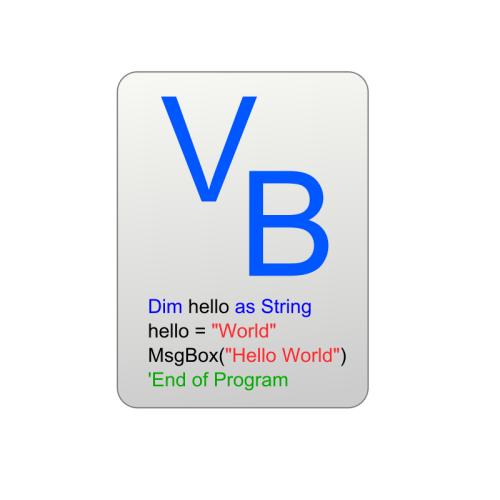The upcoming sixth generation (6G) wireless communication network is envisioned to cover space, air, and maritime areas, in addition to urban-centered terrestrial coverage by the fifth generation (5G) network, to support intelligent Internet of Things (IoT). Towards this end, we investigate structured integration of satellites, unmanned aerial vehicles (UAVs), and terrestrial networks, aiming to serve future universal IoT possibly with a massive number of devices in the coverage holes of current 5G. The hybrid satellite-UAV-terrestrial network usually leads to high system complexity, due to the heterogeneity and dynamics of space/air/ground links. With a systematic thinking, we propose to create and exploit hierarchies for the integrated network. Four basic structures are discussed by learning from the synergies in our human body. To orchestrate multiple heterogeneous basic structures, we further propose a process-oriented on-demand coverage method, which characterizes the system behavior as a series of events over time and is able to tackle the system complexity elaborately. We also outline open issues for promoting the agility and intelligence of structured satellite-UAV-terrestrial networks in the making.
翻译:暂无翻译




